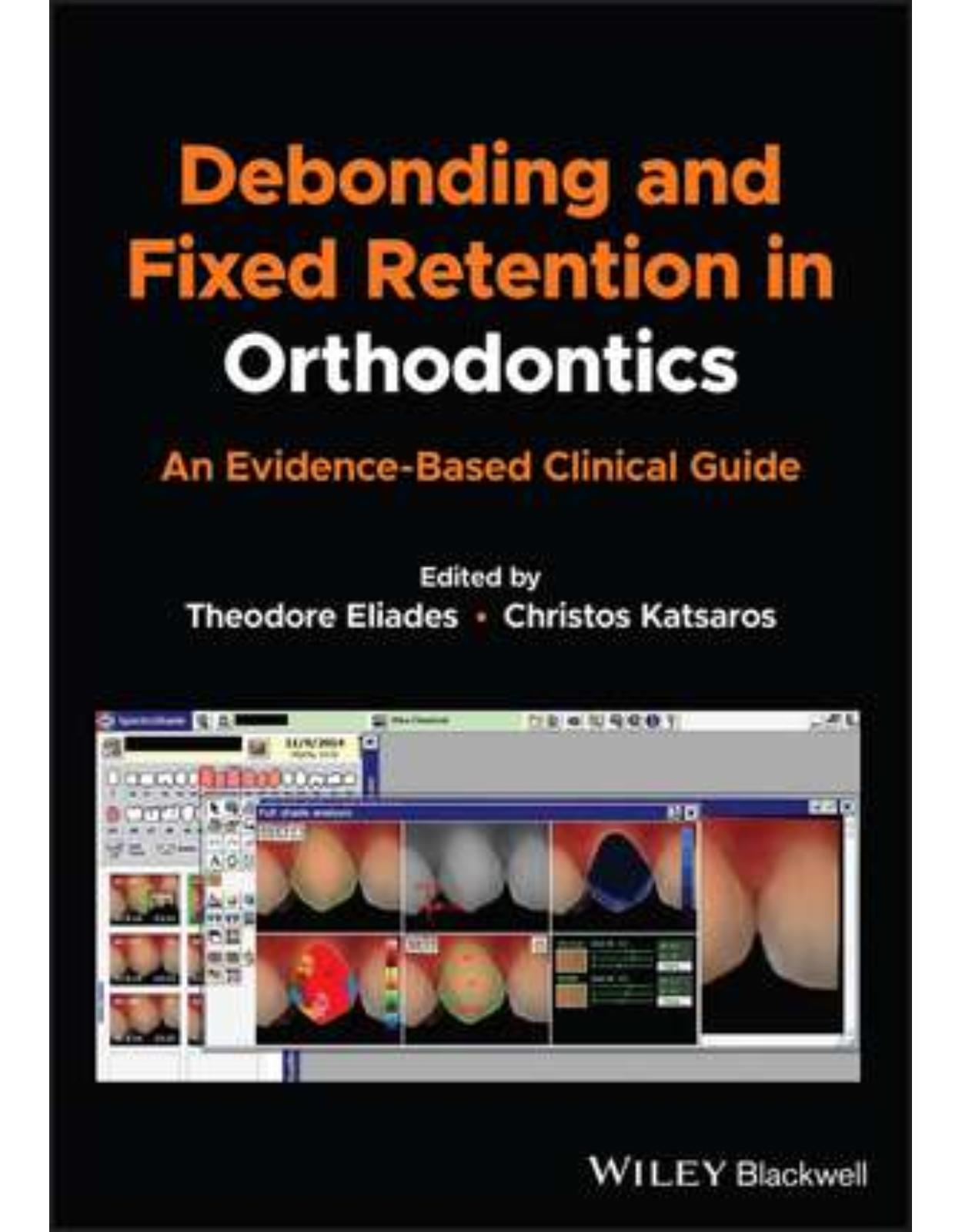
Debonding and Fixed Retention in Orthodontics
Livrare gratis la comenzi peste 500 RON. Pentru celelalte comenzi livrarea este 20 RON.
Disponibilitate: La comanda in aproximativ 4 saptamani
Editura: Wiley
Limba: Engleza
Nr. pagini: 336
Coperta: Paperback
Dimensiuni: 137 x 214 x 22 mm
An aparitie: 02/11/2023
DESCRIPTION
An accessible and thorough guide to debonding and fixed retainer bonding
Debonding and Fixed Retention in Orthodontics: An Evidence-Based Clinical Guide reviews the protocols, materials, and techniques required at two key stages of orthodontic treatment. The book has been written as a reference guide and the chapters introduce the best-supported and most efficient approaches to each stage of debonding and fixed retainer bonding treatments, from choice of material through to final results.
The book includes relevant procedures including orthodontic appliance removal, appliance debonding, the use of rotating instruments, and enamel cleaning. The authors also provide guidance on topics such as the failure and adverse effects of fixed retainers, enamel structural defects, periodontal effects, and aerosol production, to aid in positive result retention.
Readers will also find:
· Two extensive sections covering debonding and fixed retainer bonding
· Evidence-based guidelines for each stage of treatment
· Summaries of the side effects of procedures on hard and soft dental tissues
· Tips to avoid potential unfavorable sequelae
· Detailed lists of existing methods and their clinical implications
Debonding and Fixed Retention in Orthodontics is written for orthodontic specialists, clinicians, and postgraduate dental students looking to build knowledge and ensure the best results during these two stages of orthodontic therapy.
Table of Contents:
Section A Debonding 1
1 Cutting with Rotating Instruments and Cutting Efficiency of Burs 3
María Arregui, Lluís Giner-Tarrida, Teresa Flores, Angélica Iglesias, and Andreu Puigdollers
1.1 Introduction 3
1.2 Enamel Surface and Damage Associated with Debonding Techniques: Burs and Polishing 4
1.2.1 Design and Type of Burs 7
1.2.1.1 Diamond Burs 7
1.2.1.2 Tungsten Carbide Burs 8
1.2.2 Cutting Efficiency 10
1.2.2.1 Diamond and Carbide Burs 10
1.2.2.2 Rotating Instruments: Turbines and Electric Motor Handpieces 12
1.2.2.3 Other Factors Related to Cutting Efficiency 14
1.2.3 Effect of the Debonding Technique on the Enamel 16
1.3 Preservation and Remineralization 19
1.4 Clinical Considerations 20
References 21
2 Debonding Protocols 28
Eser Tüfekçi and William Brantley
2.1 Introduction 28
2.2 Bond Failure Locations during Debonding 29
2.3 Protocols for Bracket Removal 30
2.4 Ultrasonic Debonding 33
2.5 Electrothermal Debonding 33
2.6 Use of Lasers for Debonding 34
2.7 Guidelines from Manufacturers 36
2.a Appendix: Units for Debonding Stress and Consideration of Debonding Force 37
References 38
3 Bonding and Debonding Considerations in Orthodontic Patients Presenting Enamel Structural Defects 43
Despina Koletsi, T. Gerald Bradley, and Katerina Kavvadia
3.1 Introduction 43
3.2 General Considerations and Challenges of Bonding and Debonding Strategies 44
3.3 Enamel Structural Defects 47
3.3.1 Bonding/Debonding Considerations for AI Subtypes 50
3.3.2 Enamel Hypoplasia and Molar Incisor Hypomineralisation 52
3.3.3 Fluorosis 56
3.4 Concluding Remarks 58
References 59
4 Enamel Colour, Roughness and Gloss Changes after Debonding 63
Andreas Karamouzos, Effimia Koumpia, and Anastasios A. Zafeiriadis
4.1 Introduction 63
4.2 Tooth Colour Changes Associated with Orthodontic Treatment 66
4.2.1 Colour Definitions – Vision and Specification 66
4.2.2 Tooth Optical Properties 68
4.2.3 Tooth Colour Measurement and Quantification Thresholds 69
4.2.4 Tooth Colour Changes Related to Orthodontic Treatment 70
4.2.5 Aetiology of Colour Changes 71
4.2.6 In Vitro vs. In Vivo Studies 72
4.2.7 ΔΕ and CIELAB Colour Parameter Changes 79
4.2.8 Long-Term Enamel Colour Changes 80
4.2.9 Types of Teeth 80
4.2.10 Gender and Age 81
4.2.11 Etching Pattern 81
4.2.12 Adhesives 82
4.2.13 Resin Removal Techniques 83
4.2.14 Quality Assessment of Studies 84
4.2.15 Conclusions 86
4.3 Tooth Bleaching Considerations After Debonding 87
4.4 Enamel Roughness Changes After Debonding 89
4.5 Tooth Gloss Changes After Debonding 94
References 99
5 Aerosol Production during Resin Removal with Rotary Instruments 116
Anthony J. Ireland, Christian J. Day, and Jonathan R. Sandy
5.1 Introduction 116
5.1.1 What Are Airborne Particulates, and Where Might They End Up? 117
5.1.2 Why Do Airborne Particulates Present a Potential Health Risk? 120
5.1.2.1 Aerodynamic Diameter and Lung Clearance 121
5.1.2.2 Chemical Composition and Solubility 122
5.1.2.3 Bioaerosols 122
5.1.2.4 Dental Bioaerosols 123
5.1.3 What Are the Occupational Health Risks? 123
5.1.4 Are Dental Personnel at Risk from Particulate Inhalation? 124
5.1.5 What Is the Evidence that Airborne Particulates Are Created during Orthodontic Appliance Removal with Rotary Instruments? 125
5.1.6 What Are Workplace Exposure Limits (WELs), and How Do Particulates Produced During Orthodontic Debonding Compare with Them? 129
5.1.7 What Methods Can Be Used to Reduce the Orthodontist’s Exposure to Airborne Particulates Produced During Appliance Debonding and Enamel Clean-Up? 131
5.1.8 What about Bioaerosols Produced During Orthodontic Debond and Enamel Clean-Up? 133
5.1.9 How Can the Risk of Inhalation of Dental Particulates during Orthodontic Debond and Enamel Clean-Up Be Minimised? 135
References 136
6 Evidence on Airborne Pathogen Management from Aerosol-Inducing Practices in Dentistry – How to Handle the Risk 143
Despina Koletsi, Georgios N. Belibasakis, and Theodore Eliades
6.1 Introduction 143
6.2 Existing Evidence 145
6.2.1 Existing Evidence from Synthesized Data Including Direct and Indirect Comparisons of Interventions 154
6.2.2 Evidence Based on Single Study Estimates 160
6.2.3 Quality and Confidence of Existing Evidence 161
6.3 Findings in Context 161
6.3.1 Use of Chlorhexine (CHX) as Pre-Procedural Mouth Rinse 165
6.3.2 Alternative Effects and Actions of Povidone Iodine (PI), Ozone (OZ), and Chlorine Dioxide (ClO2) 166
6.3.3 Aerosolized Pathogens and Dental Procedures 168
6.3.4 Strengths and Limitations Stemming from Existing Evidence 170
6.4 Concluding Remarks and Implications for Research 171
References 171
7 Future Material Development for Efficient Debonding 178
Theodore Eliades
7.1 Command-Debond Adhesives 179
7.2 BPA-Free Monomers 180
7.3 Biomimetic Adhesives 182
Further Reading 183
8 The Use of Attachments in Aligner Treatment: Analyzing the ‘Innovation’ of Expanding the Use of Acid Etching- Mediated Bonding of Composites to Enamel and Its Consequences 185
Theodore Eliades, Spyridon N. Papageorgiou, and Anthony J. Ireland
8.1 Enamel Involvement 186
8.2 In Vivo-Induced Alterations of Aligners and Attachments 188
8.3 Release of Compounds 192
8.4 Debonding and Grinding 194
8.4.1 Aerosol Hazards 194
8.4.2 Xenoestrogenic Action (Bulk and Ground Particles) and Other Biologic Effects 197
8.5 Concluding Remarks 198
References 199
Section B Fixed Retainer Bonding 205
9 Composite Resins Used for Retainer Bonding 207
Iosif Sifakakis
9.1 Introduction 207
9.2 Hardness 208
9.3 Wear Resistance 211
9.4 Bond Strength 213
9.5 Microleakage 215
9.6 Water Sorption 219
9.7 Ageing 219
References 221
10 Wires Used in Fixed Retainers 227
Iosif Sifakakis, Masahiro Iijima, and William Brantley
10.1 Introduction 227
10.2 Desirable Properties of Retainer Wires 230
10.2.1 Stiffness 230
10.2.2 Strength 233
10.2.3 Range 234
10.3 Clinical Selection of Retainer Wire 236
10.4 Recent Research 241
References 242
11 Release of Bisphenol-A from Materials Used for Fixed Retainer Bonding 248
Iosif Sifakakis
11.1 Introduction 248
11.2 BPA and Fixed Retainers – Clinical Considerations 250
11.3 In Vitro Research 252
11.4 BPA-Free Orthodontic Adhesives 253
11.5 Conclusions 255
References 255
12 Clinical Effectiveness of Bonded Mandibular Fixed Retainers 259
Thaleia Kouskoura, Dimitrios Kloukos, Pawel Pazera, and Christos Katsaros
12.1 Introduction 259
12.2 Short-Term Alignment Stabilisation 260
12.3 Long-Term Alignment Stabilisation 262
12.4 Failure Rates 265
12.5 Periodontal Effects 269
12.6 Side Effects of Fixed Retainers – Unwanted Tooth Movement 272
References 275
13 Masticatory Forces and Deformation of Fixed Retainers 283
Iosif Sifakakis and Christoph Bourauel
13.1 Introduction 283
13.2 Clinical Observations 283
13.3 Retainer Properties 286
13.4 In Vitro Loading of Fixed Retainer Wires 288
References 292
Index 296
| An aparitie | 02/11/2023 |
| Autor | Theodore Eliades (Editor), Christos Katsaros (Editor) |
| Dimensiuni | 137 x 214 x 22 mm |
| Editura | Wiley |
| Format | Paperback |
| ISBN | 9781119623953 |
| Limba | Engleza |
| Nr pag | 336 |

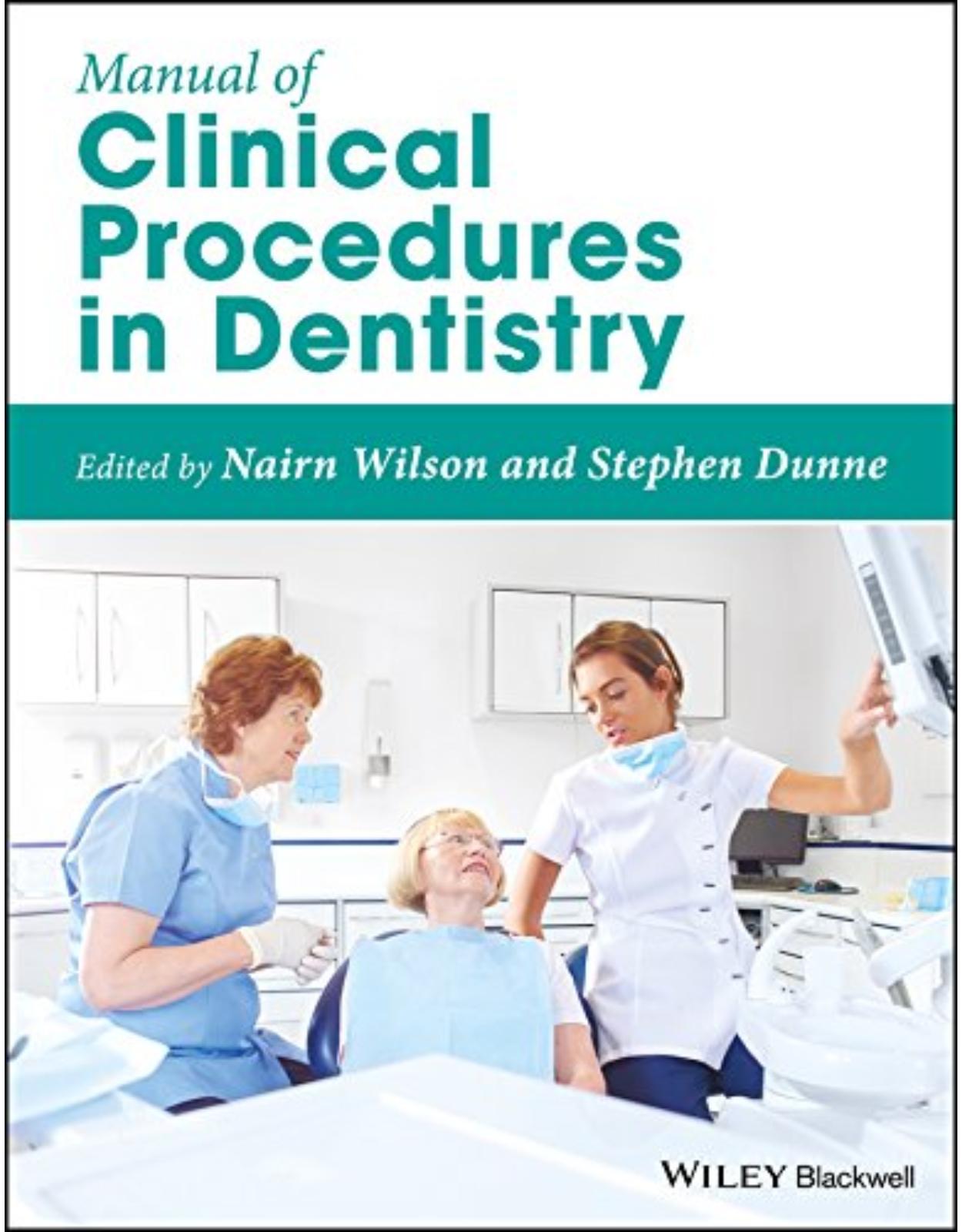
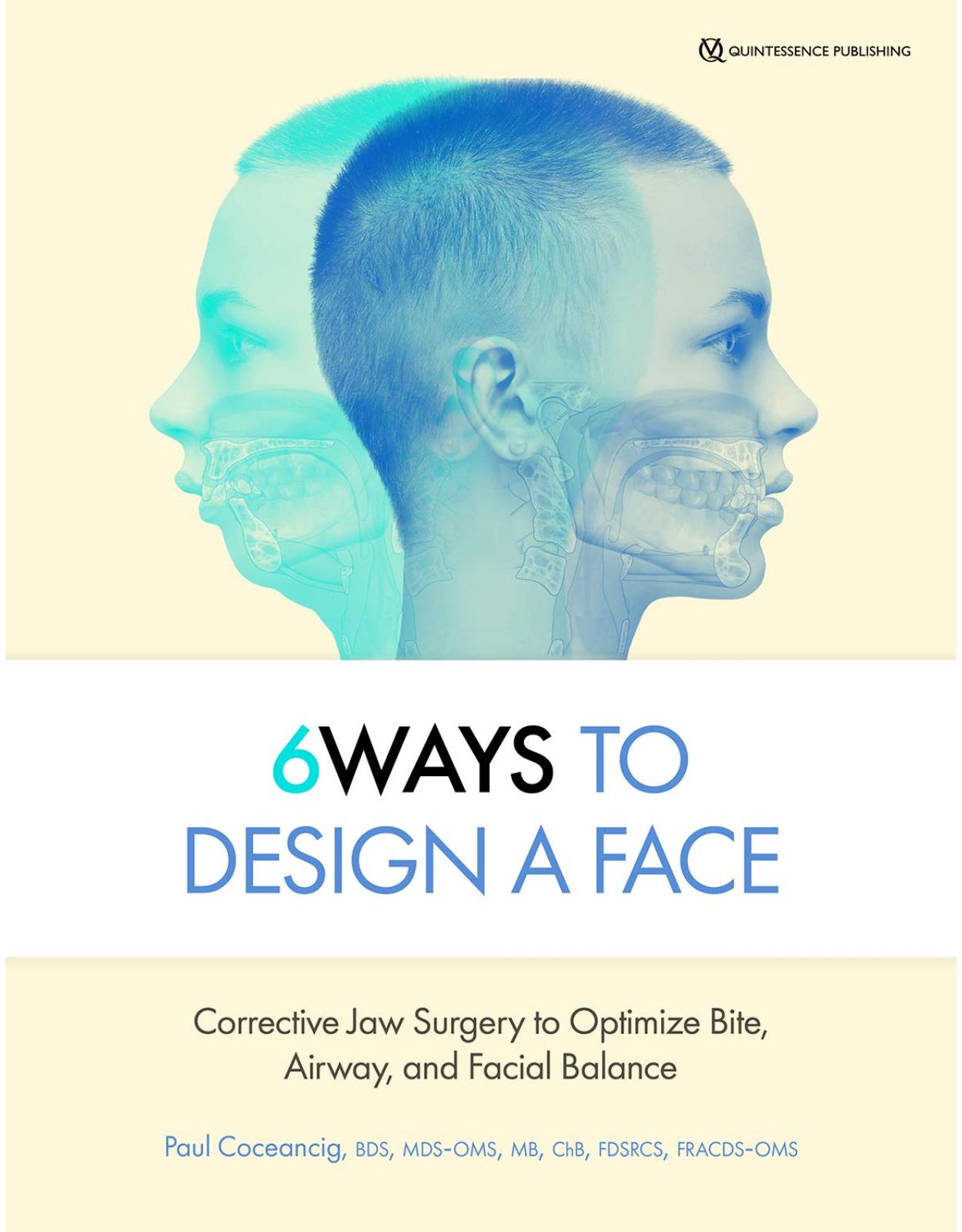
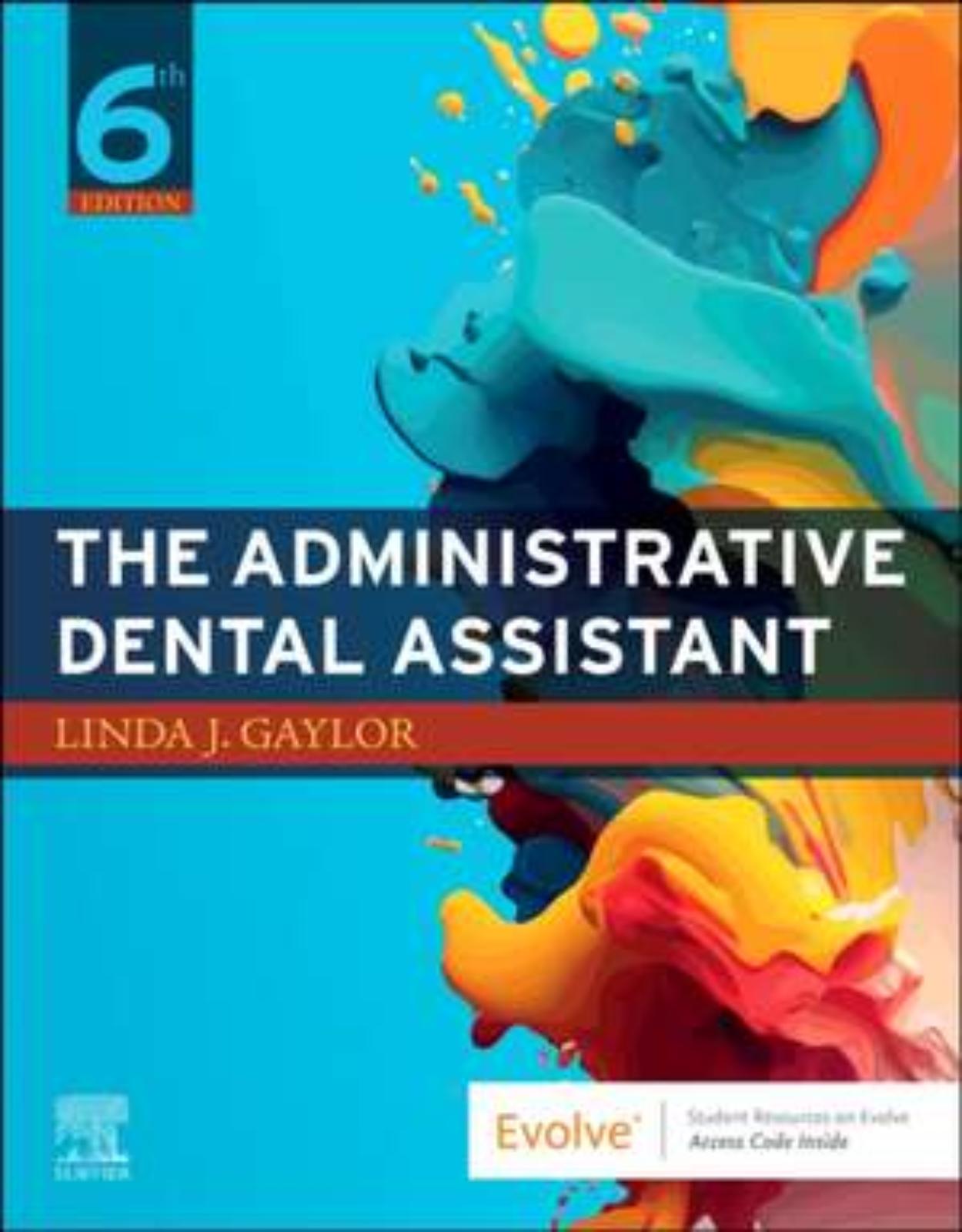
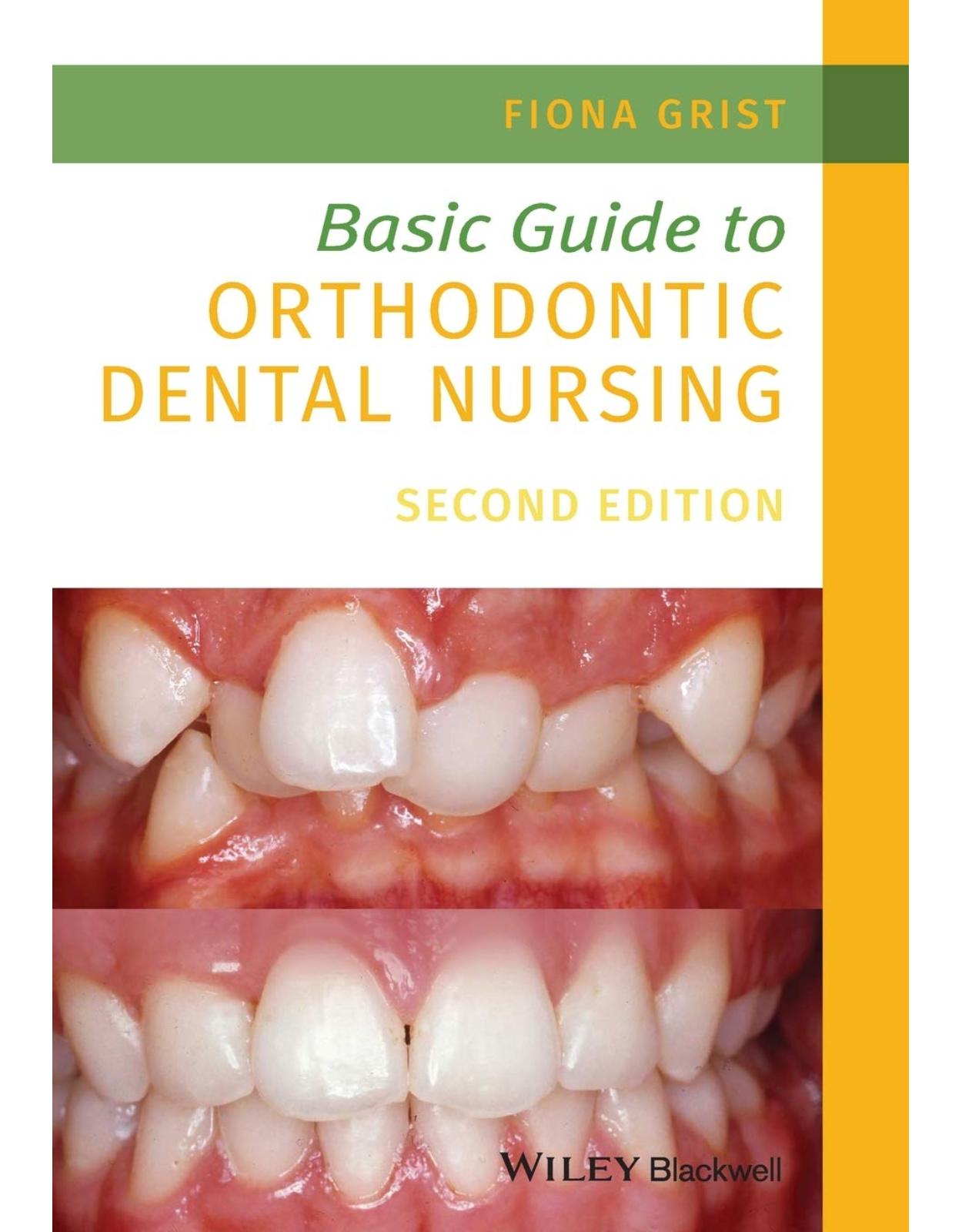
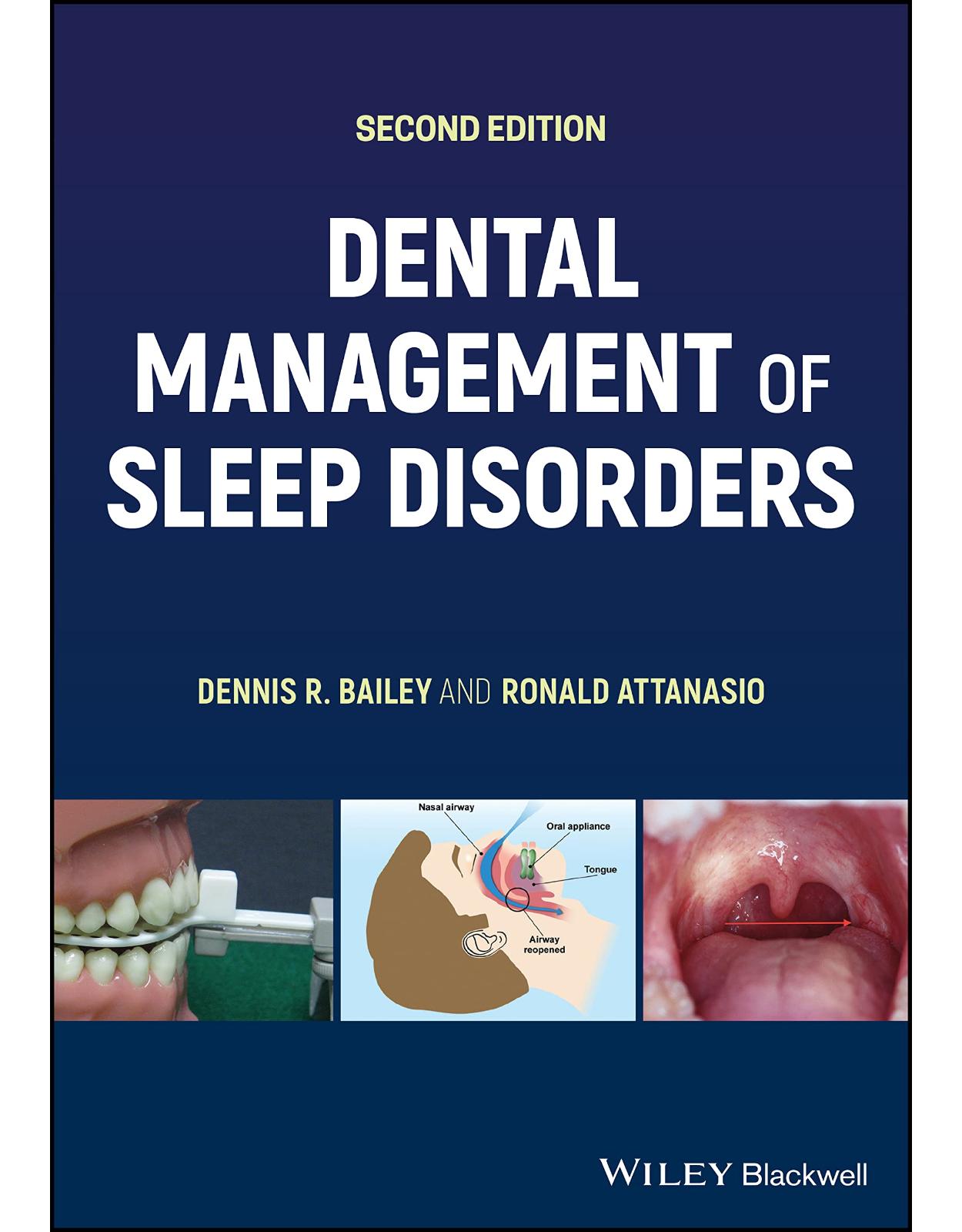
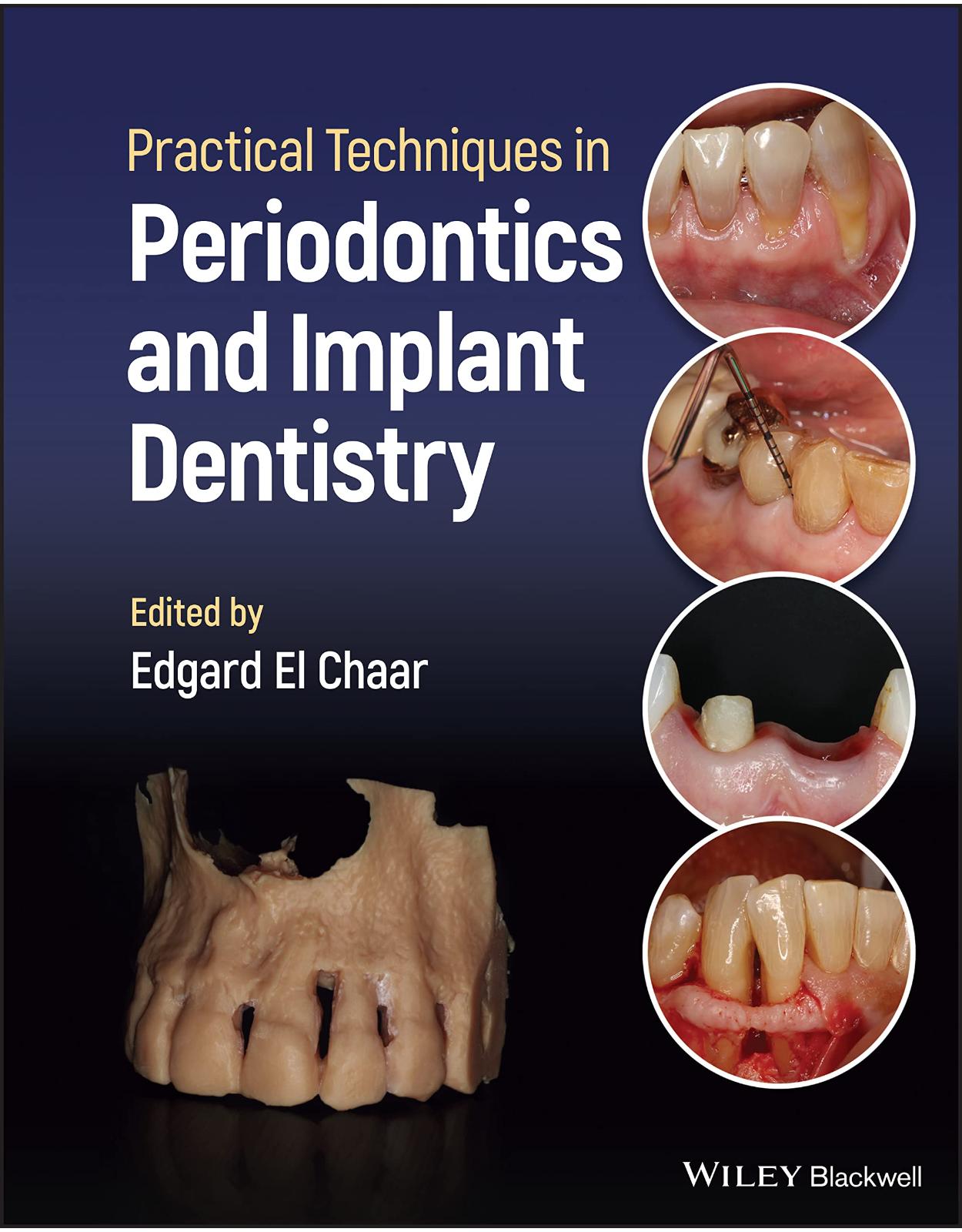
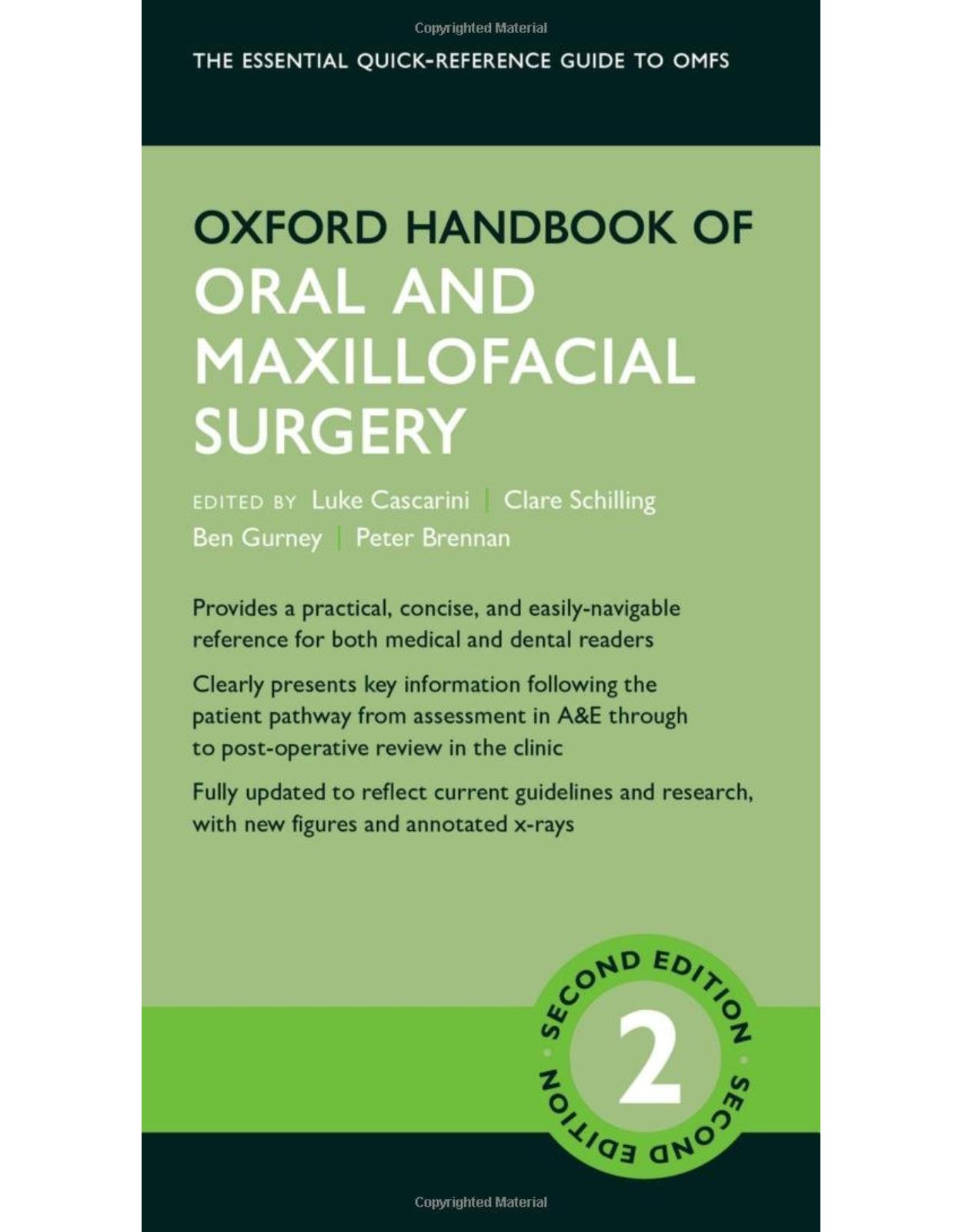
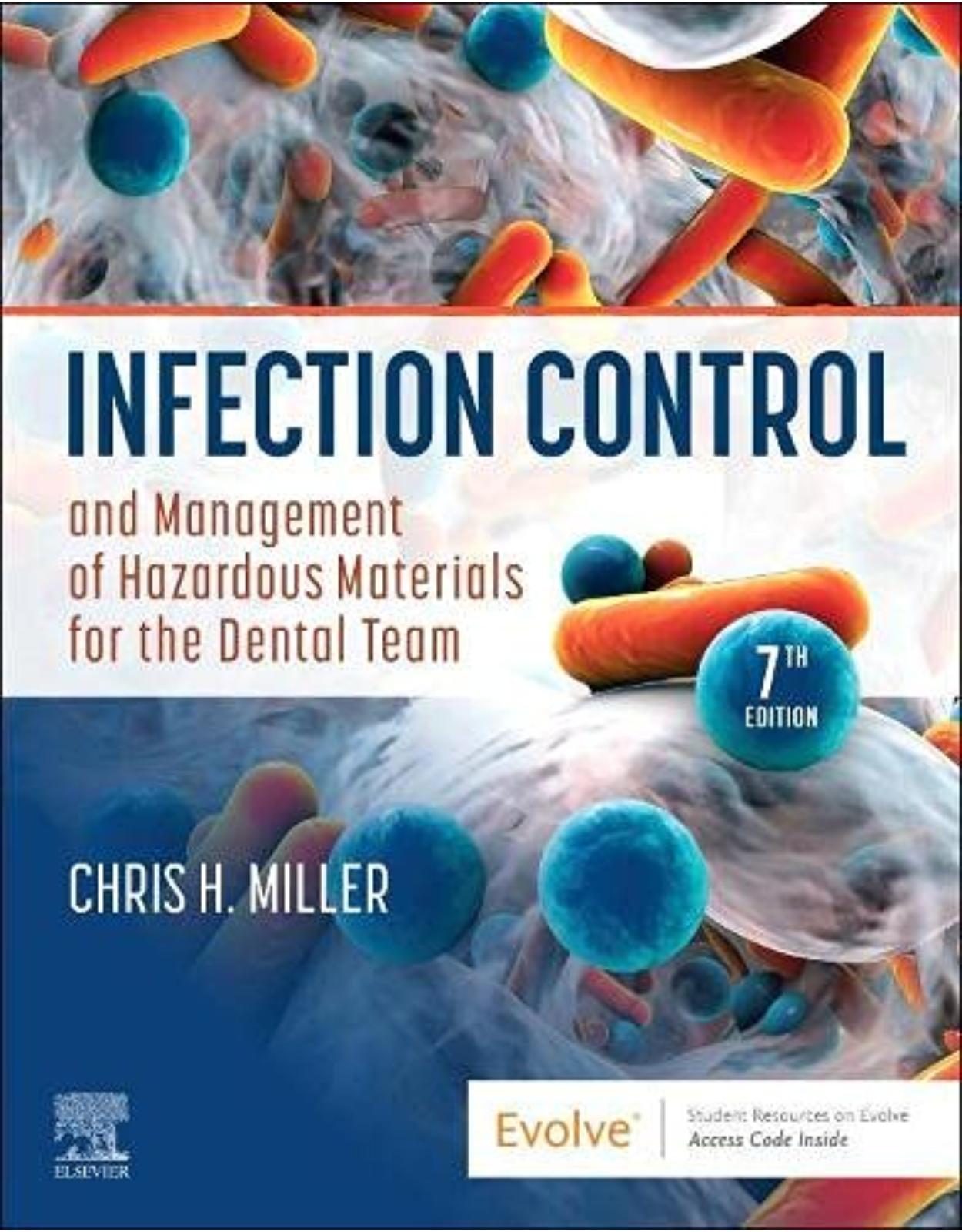
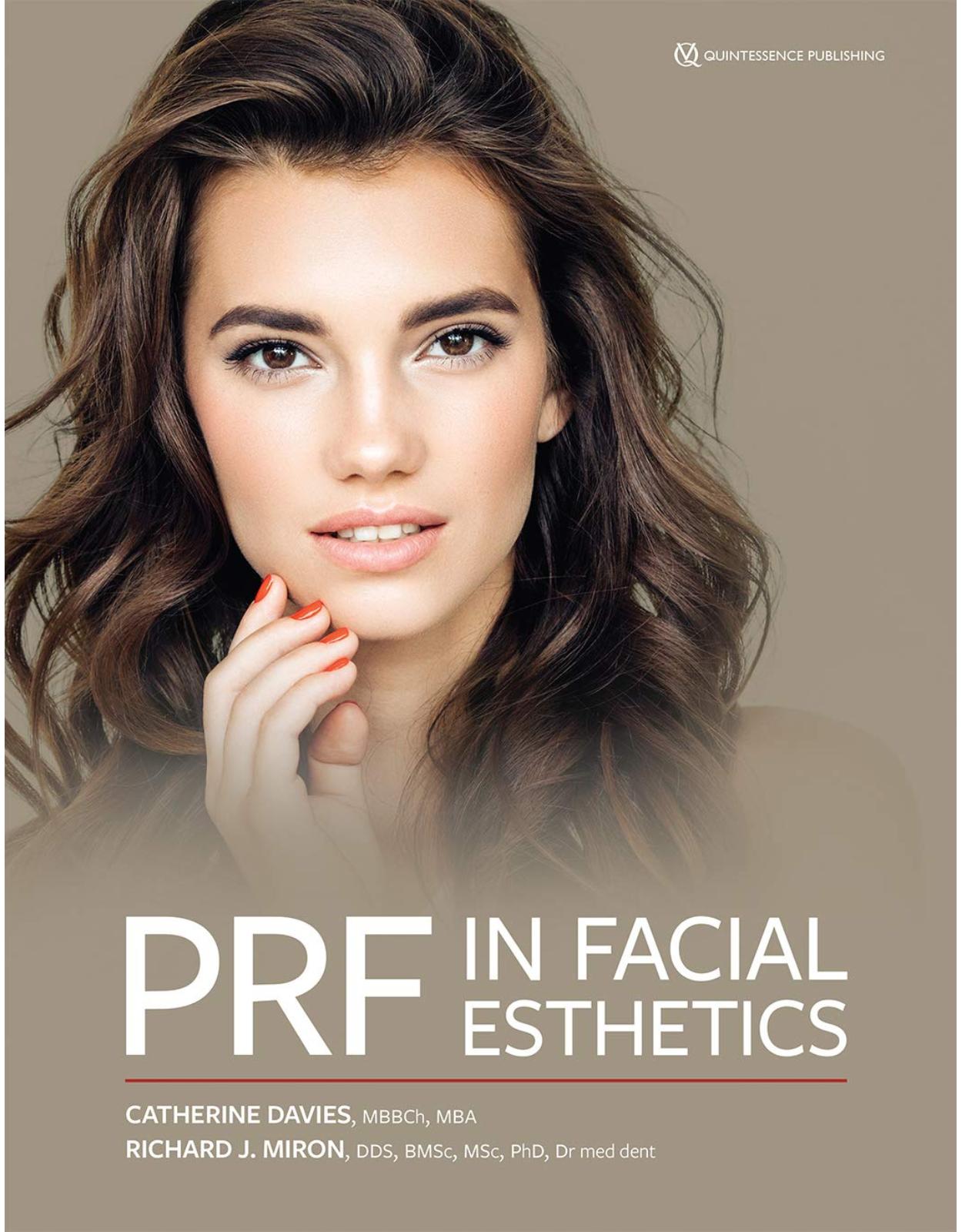
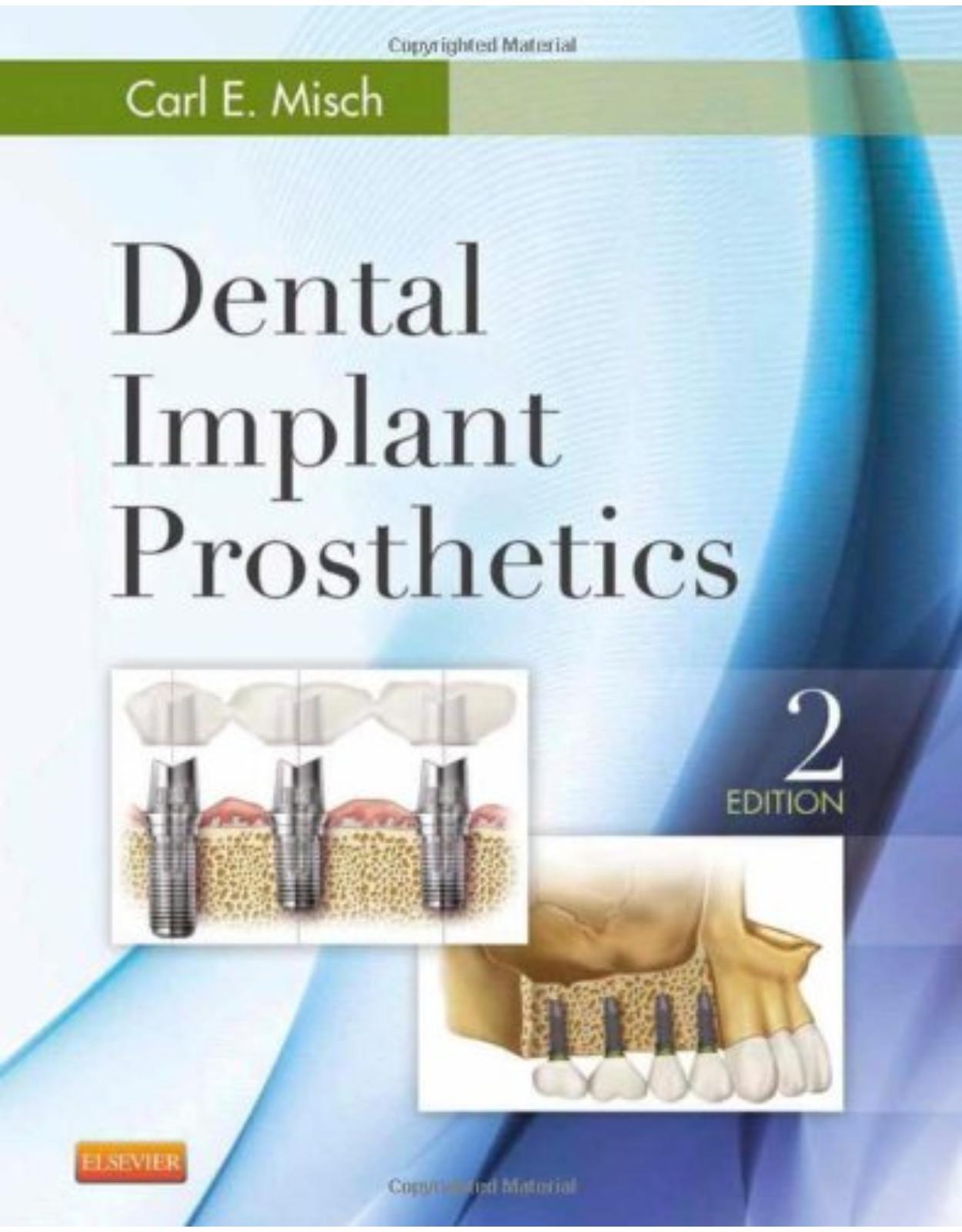
Clientii ebookshop.ro nu au adaugat inca opinii pentru acest produs. Fii primul care adauga o parere, folosind formularul de mai jos.